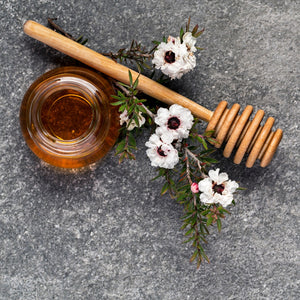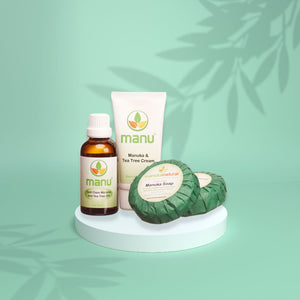
How to tell that Manuka honey is genuine
What makes Manuka honey genuine?
Manuka, like all honey, is made by bees from the nectar of flowers. For it to be considered a genuine Manuka honey, it should be sourced from Leptospermum Scoparium, which is usually found growing wild in New Zealand and a few parts of Southern Australia, however the word Manuka is a New Zealand Maori word used for centuries to describe this plant species.
The presence of certain chemical markers and a traceable origin help to authenticate and protect the genuine identity of Manuka honey.
How can consumers identify genuine Manuka honey?
The first and most important answer to this is obviously about strength and potency. There is a range of different systems used, many of which have limited scientific relevance.
Standards such as Total Activity or BioActive (5+/10+ etc) do not provide a clear indication of the therapeutic benefits, as they are highly variable methods prone to interpretation errors.
The most reliable measure of authenticity and antimicrobial effectiveness is UMF or Unique Manuka Factor a measure established in New Zealand by the late Dr. Molan at Waikato University.
Antibacterial potency and the therapeutic benefits of Manuka honey are what drive the value, and measuring the concentration of methylglyoxal (MGO) is the most accurate way to determine this.
As with any active ingredient, the amount of MGO should be declared on the jar, in mg/kg. There is a close relationship between the UMF certification and the methylglyoxal content of Manuka honey which is the most reliable measure of authenticity.



Leave a comment